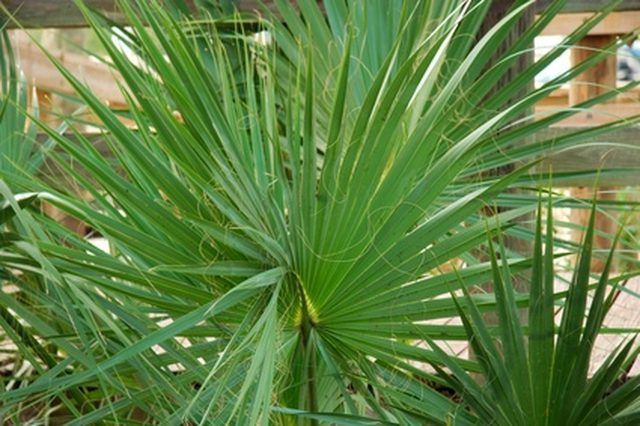Bulbs
Flower Basics
Flower Beds & Specialty Gardens
Flower Garden
Garden Furniture
Garden Gnomes
Garden Seeds
Garden Sheds
Garden Statues
Garden Tools & Supplies
Gardening Basics
Green & Organic
Groundcovers & Vines
Growing Annuals
Growing Basil
Growing Beans
Growing Berries
Growing Blueberries
Growing Cactus
Growing Corn
Growing Cotton
Growing Edibles
Growing Flowers
Growing Garlic
Growing Grapes
Growing Grass
Growing Herbs
Growing Jasmine
Growing Mint
Growing Mushrooms
Orchids
Growing Peanuts
Growing Perennials
Growing Plants
Growing Rosemary
Growing Roses
Growing Strawberries
Growing Sunflowers
Growing Thyme
Growing Tomatoes
Growing Tulips
Growing Vegetables
Herb Basics
Herb Garden
Indoor Growing
Landscaping Basics
Landscaping Patios
Landscaping Plants
Landscaping Shrubs
Landscaping Trees
Landscaping Walks & Pathways
Lawn Basics
Lawn Maintenance
Lawn Mowers
Lawn Ornaments
Lawn Planting
Lawn Tools
Outdoor Growing
Overall Landscape Planning
Pests, Weeds & Problems
Plant Basics
Rock Garden
Rose Garden
Shrubs
Soil
Specialty Gardens
Trees
Vegetable Garden
Yard Maintenance
How to Care for a Cataractarum Palm
How to Care for a Cataractarum Palm. Native to southeastern Mexico, the cataractarum palm, also known as the chamaedorea cataractarum palm, cat palm or Mexican hat palm, is an attractive, trunkless palm tree that can be found growing in the warm coastal regions of the United States. The ideal growing climate for the cataractarum palm is USDA plant...

Native to southeastern Mexico, the cataractarum palm, also known as the chamaedorea cataractarum palm, cat palm or Mexican hat palm, is an attractive, trunkless palm tree that can be found growing in the warm coastal regions of the United States. The ideal growing climate for the cataractarum palm is USDA plant hardiness zones 9 through 11, in areas where the average annual minimum temperature is at least 20 degrees F. A versatile, simple to care for palm, chamaedorea cataractarum can also be grown as a houseplant.
Things You'll Need
Cataractarum palm
Shovel
Spade
Garden hose
Specially-formulated palm fertilizer
Pruning shears
Plant the cataractarum palm in a partially shaded location where it will receive no more than six hours of sunlight each day. Choose a location that also offers rich, well-draining soil. Plant the palm at the same level it was planted in its nursery container.
Water your cataractarum palm frequently to keep its roots well-hydrated. Water it daily, if necessary, to keep its soil wet. Reduce the frequency of your watering if you see standing water at the base of the palm.
Fertilize the cataractarum palm with a specially-formulated palm tree fertilizer in March, June and October. Apply the fertilizer according to package instructions and water it in. Regular fertilization will help keep the palm's fronds green and healthy.
Prune the cataractarum palm as needed to removed discolored, diseased or dead fronds. Removing problem fronds as soon as you notice them will allow the palm to produce healthy, new growth.
Tips & Warnings
Cataractarum palms can also be grown in containers. Plant the palm in a container that is at least 3 inches larger in diameter than its root ball. Mix equal parts potting compost, perlite and peat moss to use as the growing medium.
Avoid planting the cataractarum palm in a location that receives more than six hours of direct sunlight each day or you risk having the plant's leaves burned by the afternoon sun.
Do not allow the palm to become waterlogged. The roots can rot if left in standing water.